Salmon Trolling Setup | Rigging for Salmon Fishing
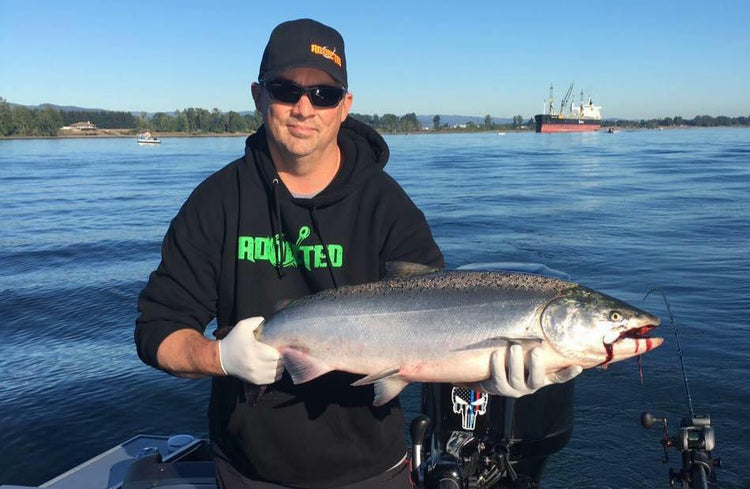
Salmon are taken on the troll in huge numbers every year. Salmon trolling is a very popular technique for a few reasons, a major one is that you can cover a broad area and range of water depths. By setting up your boat for trolling, you have the ability to change depths or locations quickly in order to find fish. If you've found a steady producing fish lane you may choose to anchor, but trolling is often one of the most popular techniques for chinook salmon. The Columbia river holds large runs of Spring, Summer and Fall Chinook. Trolling for these fish using flasher and bait, or flasher and spinner is widely accepted as one of the best techniques you can utilize.
In the video below, Marlin will discuss how to setup for Columbia River trolling. Using these tips you can successfully get into fish while trolling for salmon.
Gear Recommendations
Often longer rods (9 - 10'6 feet) with moderate action are preferred, with the ability to hold heavier weights.
Quality reels such as the Okuma Low Pro Coldwater make the experience much more manageable and successful.
We often use Shortbus flashers as they offer a broad range of finishes that attract salmon in to our baits.
Pro Cure scents and brines are our preferred option for creating optimum bait presentations.


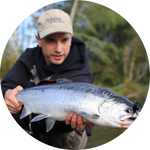

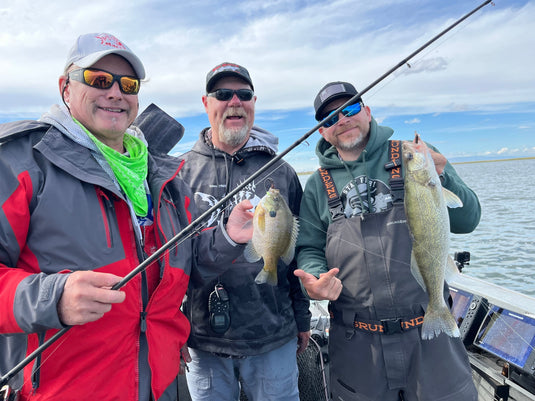
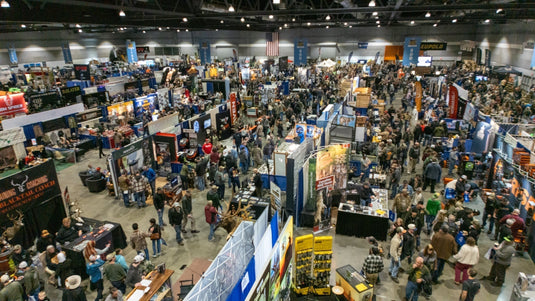
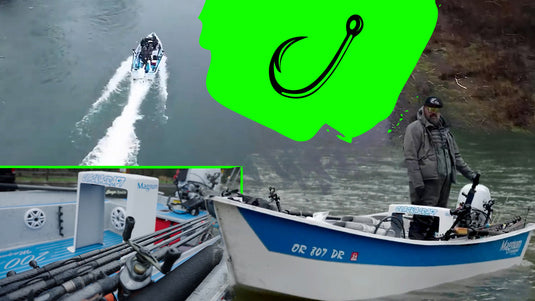

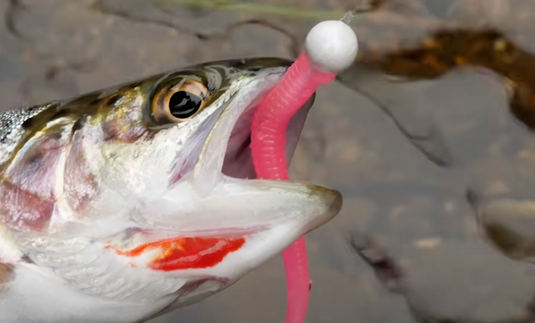
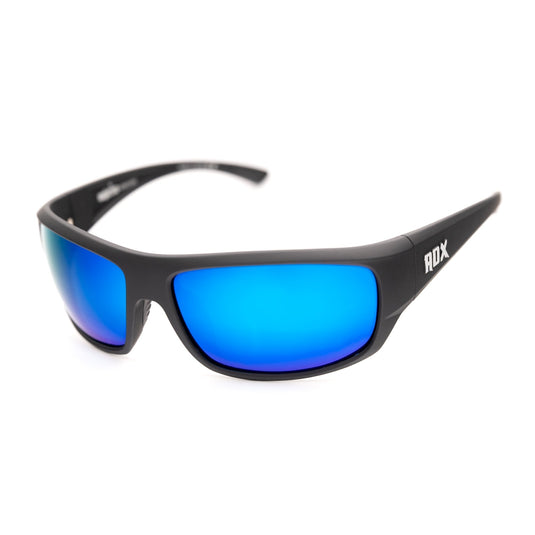
Excellent video on the bumper. One question: why crimp loops with the 200lb mono vs. Palomar knot? Doesn’t the crimp weaken the line more?
It’s hard to imagine the hook up you are describing on the spring salmon video. Please show close ups of sliders, snaps, 200 lb test tuna leader etc?
Thanks
Watch the video of the bumper here: https://www.youtube.com/watch?v=GGgYCPgR960&t=46s